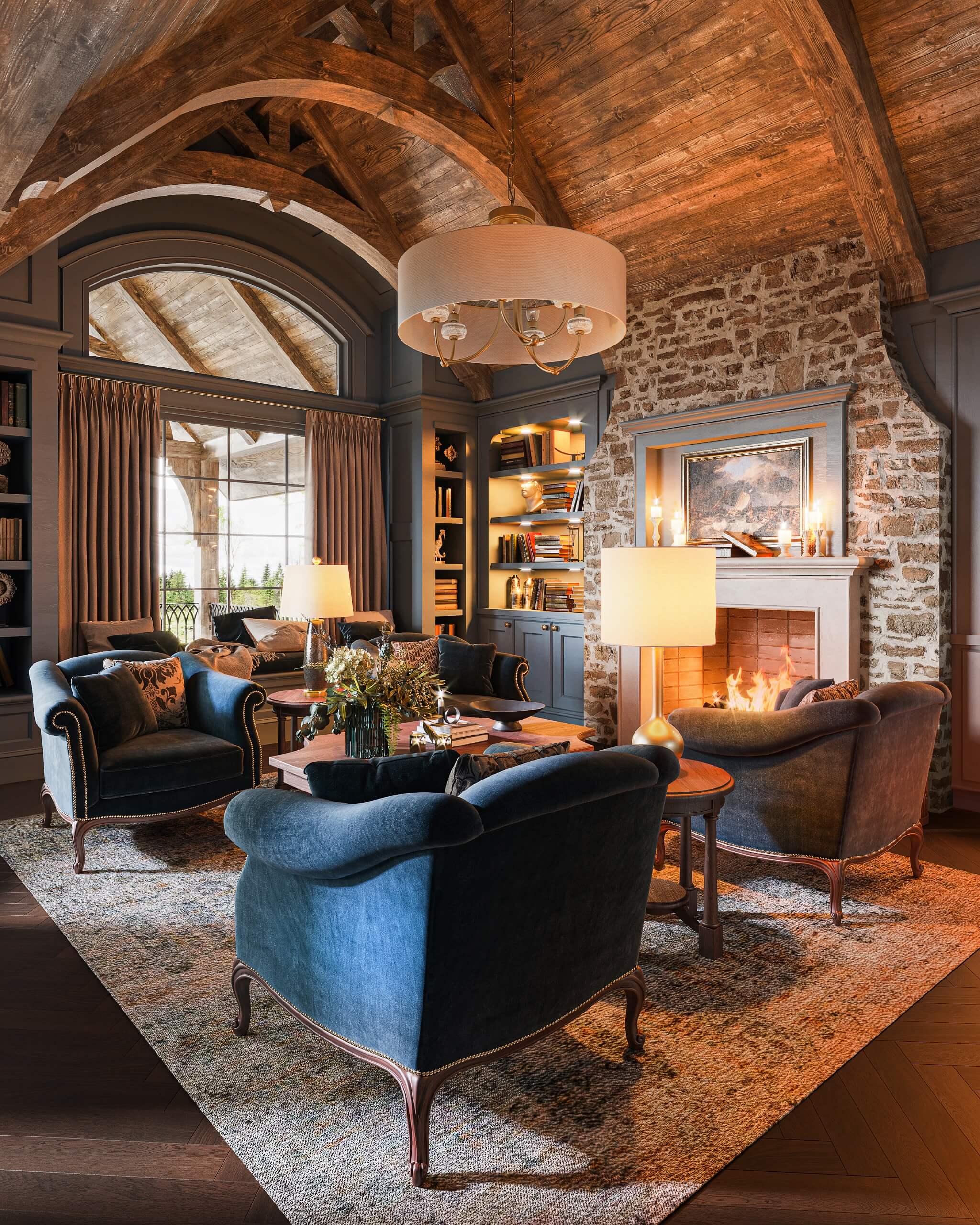3D visualization is kind of a trend nowadays, for 3D graphics are everywhere. They are widely used in such spheres as product marketing, advertising, architecture, construction, medecine, engineering. 3D visualization is a solution to many problems some of industries and their workflows have had before. For instance, it is hard to imagine a better way to present potential investors or buyers a building which has not been constructed yet. Another example may be interior and exterior design, where architectural renderings services are used to make sure the customer is perfectly happy with the project concept.
It’s only logical that 3D artists are in a great demand. Sometimes we wonder though – what exactly do these mysterious people do? And will mastering the required software make me a 3D artist? Or I’d better not bother and outsource the task? And if 3D visualization comes down to merely creating a picture, why are there such disparities in quality among different 3D artists?
This questions, along with many others of a similar kind, lead us to a more global problem.
3D visualization- what exactly is it? A complex craft or sophisticated art?
3D Visualization Process

To answer, we need to understand what 3D visualization actually involves.
First of all, 3D artist receives a technical assignment (specification of the project’s tasks). Along with it, depending on the task, he might get photos, sketches, drafts, 3D models. By the way, though he doesn’t need to create 3D models, he has to know how to work with them. Therefore, he has to master some basic 3D modeling software. Based on the data given, he creates photorealistic images of the objects and spaces. Depending on the type of project and the software used, the process varies. Let’s have a look at the main stages of 3D visualization.
3D Visualization Workflow

- Creation of the scene out of 3D geometric primitives.
- Setting surface characteristics and lighting.
- Camera setting: choosing the perspective.
- Rendering: putting the 3D picture on a flat surface (a screen).
- Post-production: adding surroundings, people figures, effects etc to give the image emotional appeal.
To do that, 3D artist needs to master specialized software for 3D visualization, such as AutoCad, V-Ray, Rhino, ZBrush etc. Well, obviously, it is not an easy task, for learning each of those programs is like learning a separate language. That is, levels of proficiency can greatly vary. Like with any skill, great results in 3D visualization only come with a lot of learning and practice. Which is exactly what good craftsmen do.
So, does it mean that 3D visualization is a set of skills? All you need to is to learn how to use appropriate software?
To be honest, that is a point of view many people hold. However, there is a major problem with this theory: it doesn’t take into account many aspects of the work of a 3D artist. 3D visualization process goes far beyond those stages.
What Defines Art?

Statistics prove that the best 3D artists in industry are those who can draw. This skill develops imagination and helps to read the sketches. Most notably, this is crucial for 3D visualization, for the process basically involves turning of a raw picture into a three-dimensional story with volume. As a consequence, the specialist needs to have an artistic taste, know how to use light and shade, as well as choose the best textures and colors to make the idea work.
Besides, 3D visualization requires an excellent composition knowledge. It goes without saying, no scene can be created without it! Not unlike for traditional artists, don’t you find?
Some More Things 3D Artists and Painters Have in Common:
- A perfect sense of space and volume
- Objective perception of taste
- Ability to understand the idea from a distance
- Basics of color science and the ability to use color palettes
- Exceptional visual memory
- Capability to grasp and construct complex concepts in mind
- Capability to create the effect of presence in the picture
3D Visualization has a lot in common with Design

Of course, 3D artist and interior designer are two different professions. Nevertheless, 3D visualization process has a lot to do with design. See for yourself. Designer’s mission is to work with the client and help him create the perfect layout and choose the most suitable style for him. Once this is done, designer refers to the 3D artist, who can produce detailed 3D renderings for interior designers to clearly communicate the concept. This collaboration ensures that the final project meets both functional requirements and aesthetic expectations, whether it is for private homes, office rendering, or even large-scale restaurant architectural rendering services.
As for the complexity of the task, it’s not just a beautiful design he has to create. He needs to make it perfect for the specific person’s tastes and needs. There’s a bit of psychology as well, of course. But first of all, he has to know such things as the principles of chromatics and decoration. Without it, he will be incapable of even grasping the concept and understanding what the designer wants to achieve. That is why interior design rendering services are now considered an essential part of the workflow, allowing specialists to present ideas in a clear and visually engaging way.
Showcase your architectural project like a true work of art, brought to life with cutting-edge AI-powered CGI technology.
To conclude, 3D visualization is far more than a set of skills. It’s a new complex art that has its standards of quality and requires full devotion of the artist. It therefore takes a lot of time and effort to reach a good level and produce spectacular results. So, if you don’t have that luxury and your priorities lay elsewhere, contact ArchiCGI for our services. Our experienced and accomplished 3D artists will create for you an image that will present your ideas in the best light!
We wish you most exciting and successful projects!

Irma Prus
Content Writer, Copywriter
Irma writes articles and marketing copy for ArchiCGI. Her dream is that more people discover the power of CGI for architecture. Irma is into neuromarketing, ruby chocolate and Doctor Who series.




Comments
Alice
Pritu sharma
Bhagwan Singh
Alex
Catherine Paul
Tom
Andy